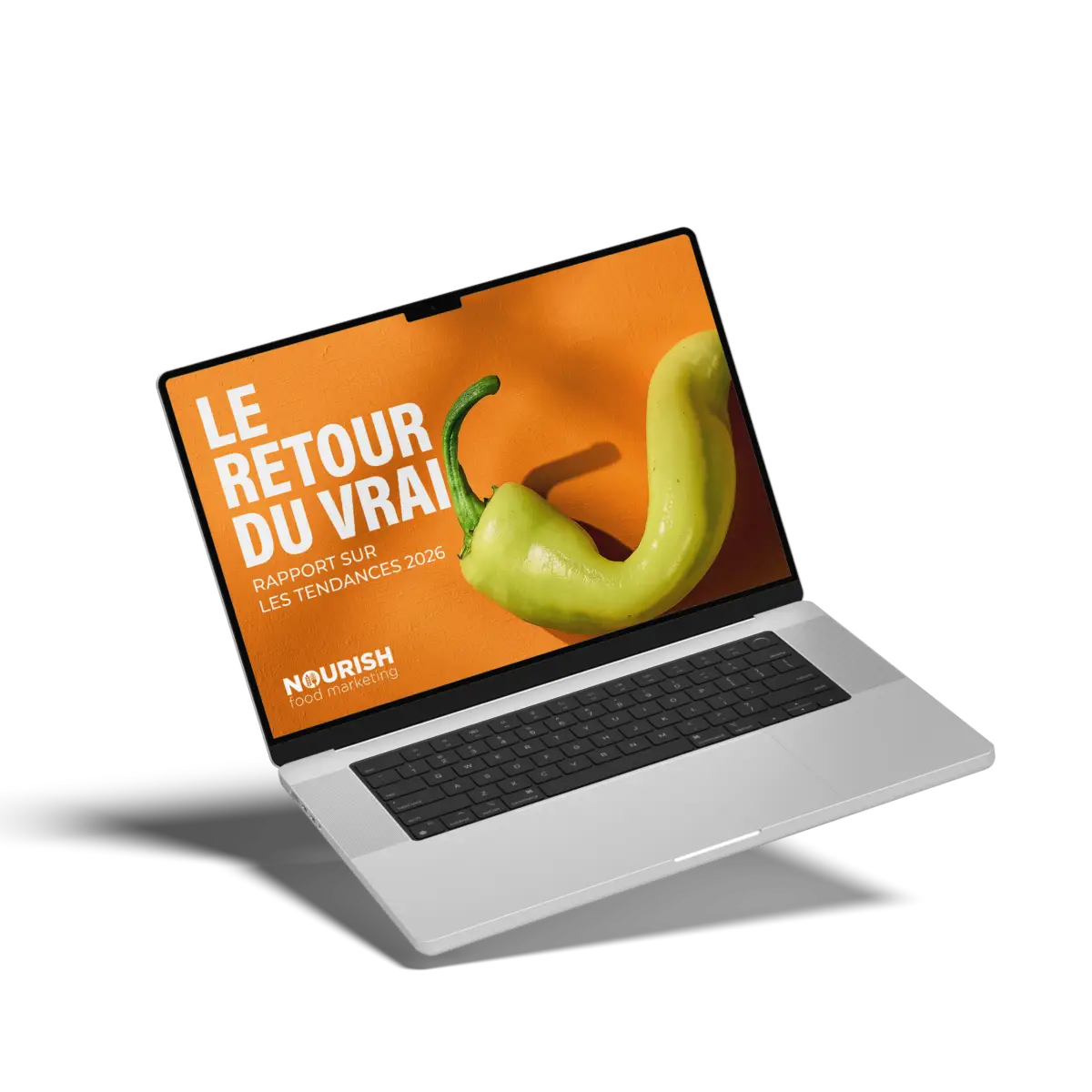First, there was the straw in the turtle’s nose resulting in plastic straw bans, the tip of the plastic iceberg issue. Then it became personal, with microplastics polluting not only our oceans but also turning up in our poop. Consumers are becoming desperate to “do the right thing,” but don’t know where to start.
A study conducted by the Agri-Food Analytics Lab at Dalhousie University found that 94% of Canadians are “personally motivated to reduce single-use plastic food packaging because of its environmental impacts.” The same study found that 71% of Canadians support a ban on all SUPs used for food packaging, and 56% of Canadians are already actively shopping for food with non-plastic packaging.
Just as ‘clean label’ has become table stakes, so will sustainability, as consumers start to consider the impact the products they choose to have on the world.
The Road to Plastigeddon is Paved With Good Intentions
Despite the well-meaning behind recycling programs, less than 10% of plastic gets recycled. There is mass confusion over what can and can’t be recycled, even between municipalities. How can the consumer possibly get this right? Not surprisingly, consumers are looking at Industry to solve this problem for them. While, of course, still meeting the consumer need for convenience and portability!
Here is a pair of big-name examples: Coca-Cola is replacing its plastic wrap with new paperboard technology in Europe, and beer maker AB InBev is adopting the same solution for its beer products in the UK.
The EU has voted to ban single-use plastics by 2021, and the Canadian Feds have announced plans to ban some SUP. Meanwhile, some municipalities are going even further. As of the start of this year, Vancouver banned foam containers for prepared and take away food and beverage products as part of its goal to become a zero-waste city by 2040. Grocery stores and takeout generate a lot of packaging waste. What biodegradable or compostable solutions are out there? How can we satisfy seemingly contradictory consumer needs with sustainability?
If Industry Takes the Lead, Will Consumers Follow?
In pre-competition behaviour, some Industry players are responding and working together towards more sustainable packaging. But, we expect this to get a more radical push from consumers as they pursue reduction strategies like circular loop systems, bring-your-own packaging rather than recycle strategies, thereby preventing SUPs rather than reacting to them after the fact. Someone within your organization needs to have this as a job they are measured on, and it needs to be approached as a systems problem.
The Ontario beer industry has long been an environmental leader. With its Industry Standard Bottle (ISB), bottles get returned, sorted, cleaned, and rescued an average of 15 times before they’re recycled into new glass, diverting a lot of waste away from landfills. Loblaws will test TerraCycle’s Loop program in 2020 for some of its President’s Choice products, as well as select national brands. Products come in more durable packaging that stands up to collection, cleaning, refilling and reuse, creating a packaging ‘loop’. Will this circular packaging solution lock in brand loyalty?
US cafe chain Blue Bottle is testing its own version of an Industry Standard Cup (ISC) in its San Francisco locations. This move comes after discovering its 100% compostable single-use cups usually ended up in landfill.
Shoppers have talked a good game for a while now, saying they would be willing to pay more for sustainability. But, their grocery choices haven’t yet matched those intentions. That may start to change. Package-Free Retailer, ‘bare market’ just opened its first permanent Toronto location on the Danforth after finding success as a pop-up location.
Perhaps the answer, as illustrated in the example above, is for Industry to help consumers help themselves? We’re all in this together, so it seems only logical that we share in the solution.
Things to consider:
If you’re a Producer or Manufacturer:
If consumers start bringing their own containers, what impact will this have on branding efforts? With the produce trend to “food in the nude”, how will you tell the origin story? How will producers and manufacturers be able to communicate their point of difference and story? What biodegradable/compostable packaging solutions should you be investing in today to future-proof your product and start locking in future brand loyalty?
If you’re a Retailer:
How can you show you’re committed to supporting this change and still ensure product safety?
If you’re in Foodservice:
How do you satisfy the consumer’s desire for increased portability with less plastic?
For more on the vital trends affecting the food and beverage industry from farm to table, download your free copy of the Nourish Trend Report.
